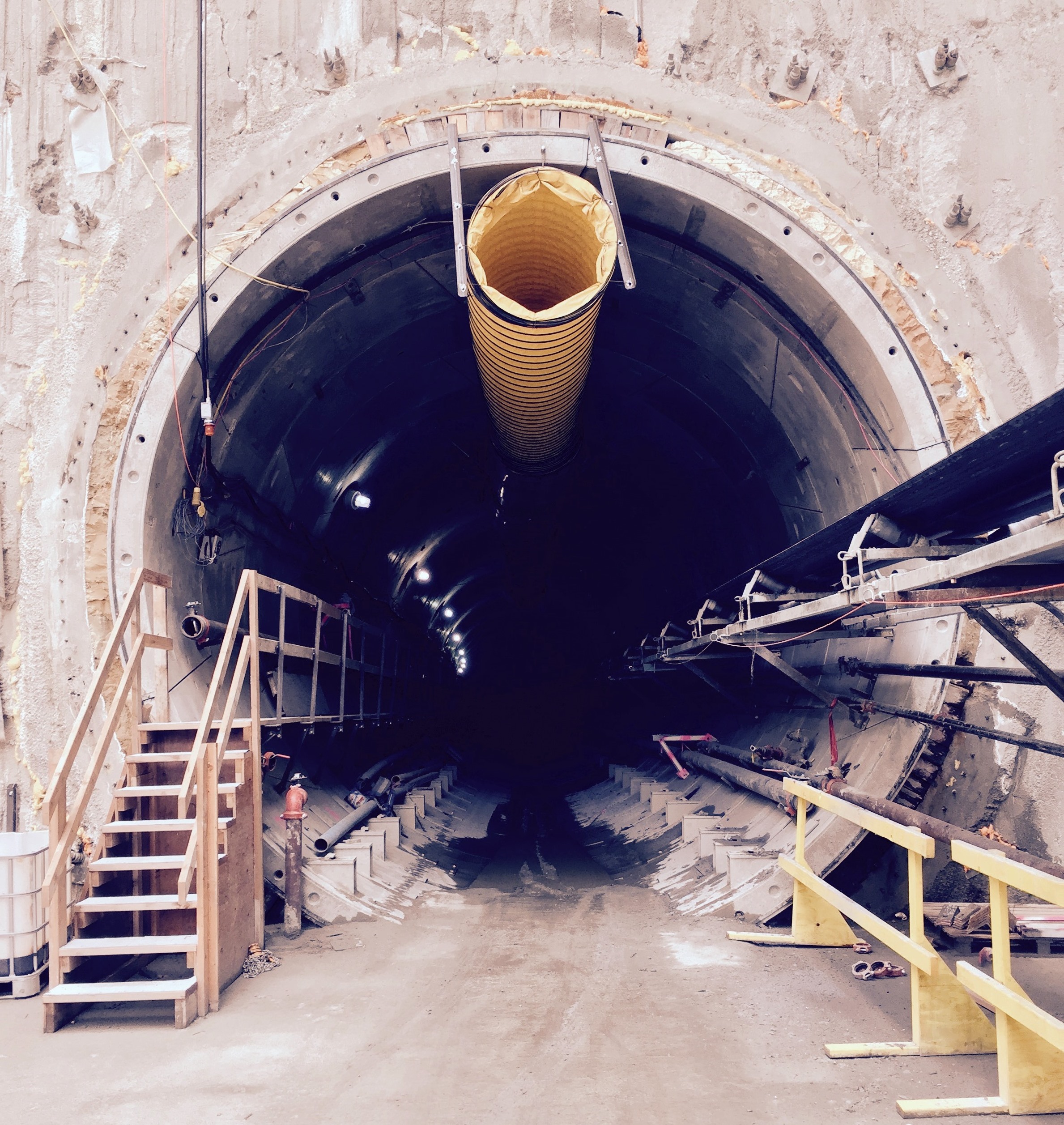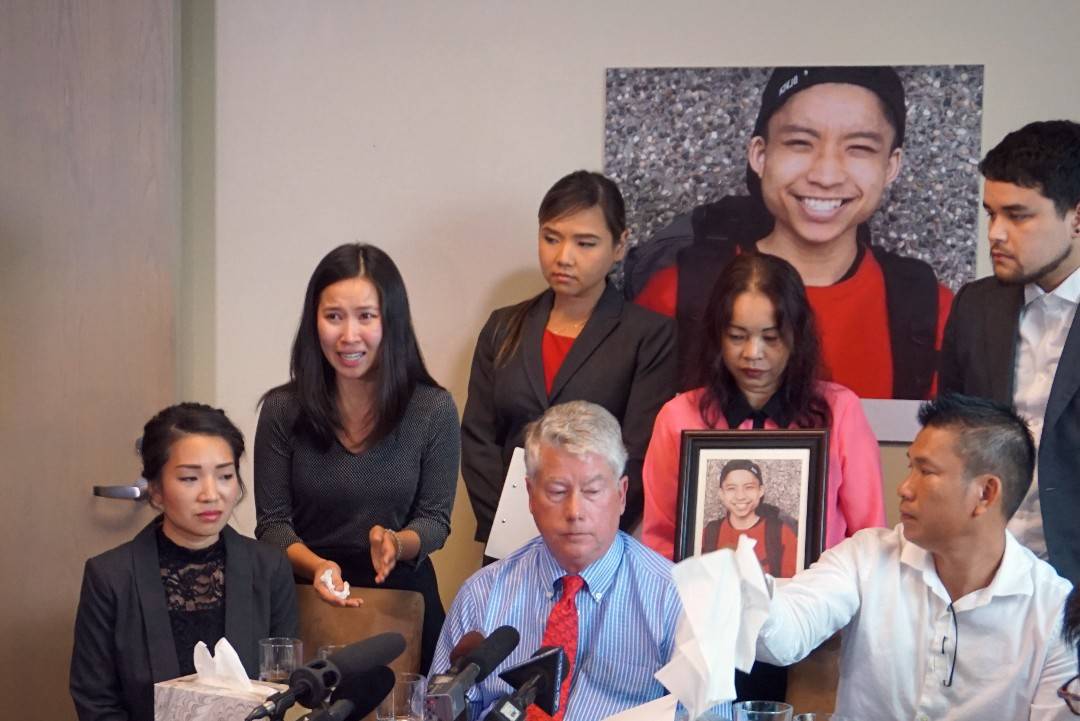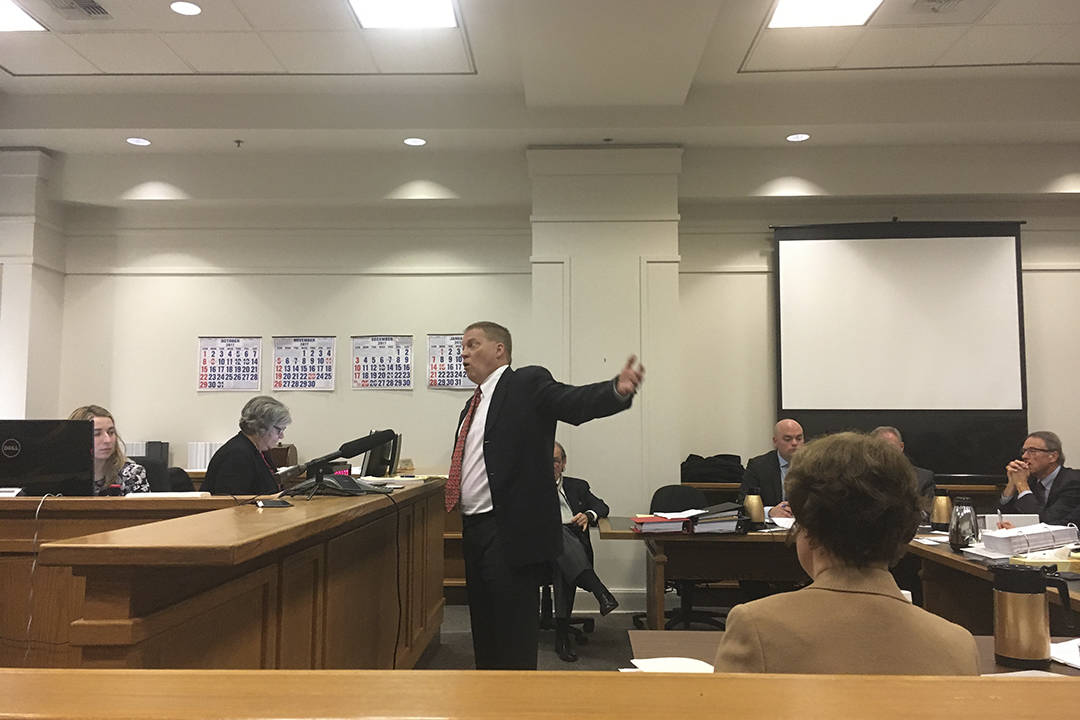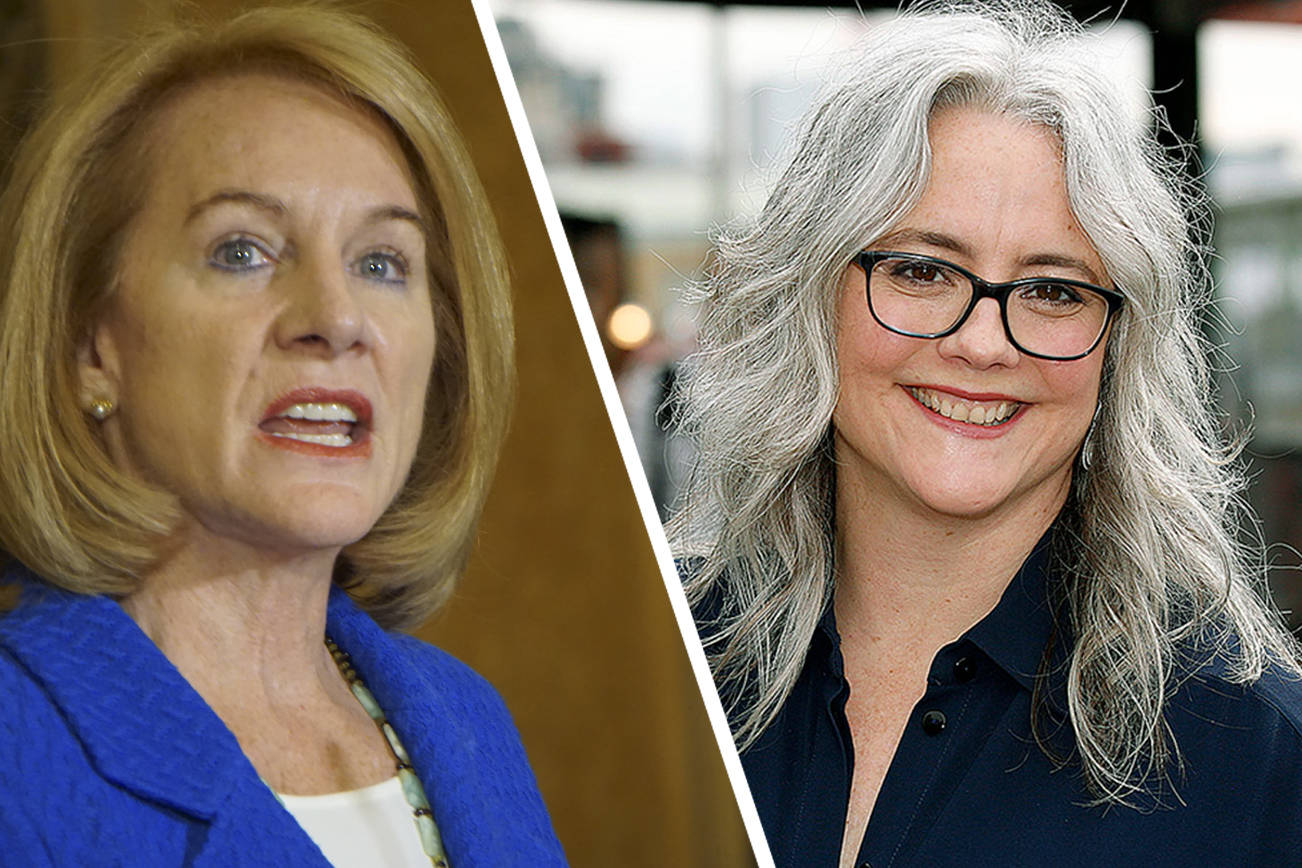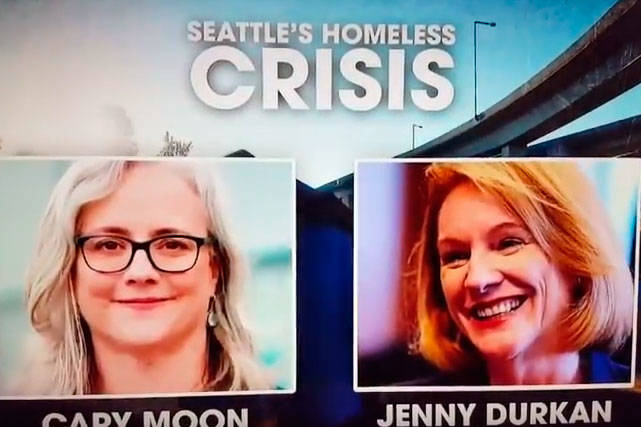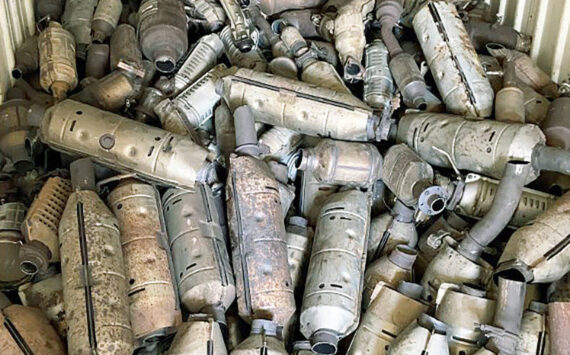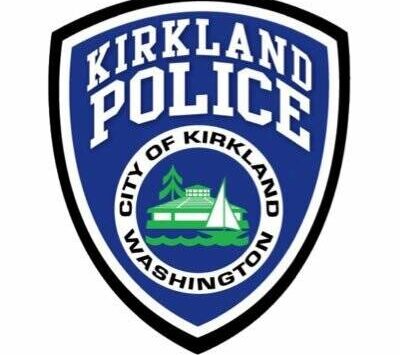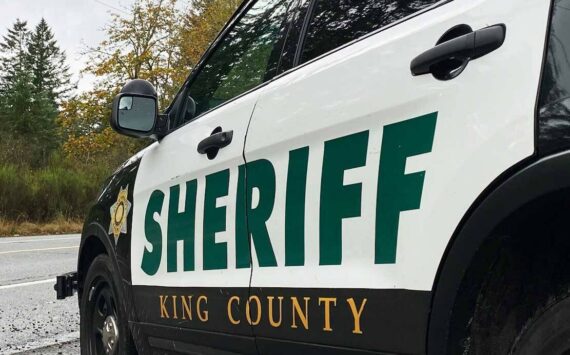Eugene Wasserman does not fit the mold of your typical Seattle urbanist. Far, far, far from it.
As president of the North Seattle Industrial Association, representing the heavy industry that continues to play a significant if increasingly retro role in new-money Ballard, he’s been personally blamed on bike blogs for the “missing link” on the Burke-Gilman Trail, which his group has opposed completing in Ballard for fear it would impede truck traffic. Last year he joined Faye Garneau to fight the $930 million Move Seattle transportation ballot measure, saying the price tag was too big and the benefits too uncertain. He’s on record complaining about recycling policy in Seattle, which is a bit like being on record questioning the Trinity in the Vatican.
So it’s worth noting Wasserman’s take on a proposal—now being considered for inclusion on the Sound Transit 3 ballot measure—to dig a transit tunnel underneath Salmon Bay in the Lake Washington Ship Canal to connect Ballard with downtown via light rail: “We know its doable, so we feel it’s the best way to go.” In other words, he’s all for it.
Part of his reasoning is practical and self-interested. He and his organization figure it is inevitable that light rail will come to Ballard in one form or fashion. Best to keep it off the streets now used by trucks and heavy machinery.
But another reason speaks to an important narrative forming around Sound Transit as it prepares to ask voters in King, Snohomish, and Pierce counties to approve a massive $15 billion levy next fall: The regional transit agency is killing it when it comes to building tunnels.
To date, Sound Transit has built 12 tunnel segments, according to spokesman Geoff Patrick. “And we’re 12 for 12 on our success,” he says. “We’ve shown some pretty good ability to do these projects.”
The light-rail line between the U District and downtown, which includes four sections of tunnel, is scheduled to open shortly, months ahead of schedule and $150 million under budget.
This track record is generating an enthusiasm about tunneling that is all the more striking due to the 7,000-ton gorilla in the deep-bore tunnel room these days.
“If we’re going to build transit, we should build transit that works,” Wasserman said. “Sound Transit has a good record with their boring, as opposed to Bertha.”
Ah, Bertha. As it happened, the Northwest Seattle Coalition for Sound Transit 3—which includes Wasserman’s group as well as a score of neighborhood organizations—issued a press release calling on Sound Transit to build the Salmon Bay tunnel on Tuesday of last week. That very day, Bertha was brought to a halt again, this time due to a sinkhole that formed above where the giant machine was drilling.
Transit advocates are hyper-attuned to the bad rap Bertha could give tunneling in general in the region. Along with Sound Transit’s already stellar track record, these advocates are quick, and right, to point out that light-rail tunnels are about a seventh the size of the one Bertha is trying, and failing, to bore.
But the odd snarky online comment aside, it’s hard to detect any real waning enthusiasm for transit tunnels. In fact, the opposite may be the case, with Bertha putting Sound Transit’s success in better relief.
While the Sound Transit board hasn’t determined the final list of projects to be included in the next round of funding—a draft proposal is expected in March, with a final proposal sometime over the summer—a shortlist of proposals suggests that ST3 could include as much as nine miles of tunneling. This includes the Salmon Bay tunnel, a second downtown transit tunnel, and a tunnel from Ballard to the U District under Fremont and Wallingford.
If all nine miles of tunnel were included on the ballot measure, it would be the most tunneling included in any of the three total Sound Transit proposals.
Jonathan Hopkins with Seattle Subway—a pro-transit group with a subterranean bent—says the support for tunnel projects is a natural outgrowth of the transportation needs of a crowded city. “I think the fervor is for solutions that make the best use of our space. Therefore in downtown Seattle, the best use of space isn’t to take lanes away from cars,” he says.
The same is true for downtown Ballard. Also working in the Salmon Bay tunnel’s favor is the fact that a surface light-rail line would be subject to drawbridges that already provide infinite frustration to drivers and bus riders whose commutes are subject to maritime whims. Avoid the drawbridges, capture every Ballard resident’s heart.
The drawback, of course, is that tunneling costs money. A lot of it. Sound Transit suggests that building a light-rail line from Ballard to downtown via tunnels could cost as much as $5 billion.
But advocates, like the cost-weary Wasserman, say spending a lot now on a project that works is better than spending less on something that doesn’t. “If you look at Rainier [Valley], they would have been better off tunneling in the long run,” Wasserman says of the light-rail line that now runs through South Seattle.
Back in Ballard, Wasserman sounds almost relieved that, on one topic at least, an increasingly divided neighborhood can come to an agreement on this. “We [The North Seattle Industrial Association] decided on our own this was the best route to go,” he said. “We were surprised to find out everyone else in the community agreed with us.”
Daniel Person is News Editor for Seattle Weekly. He can be reached at dperson@seattleweekly.com or 206-467-4381. Follow him on Twitter.
